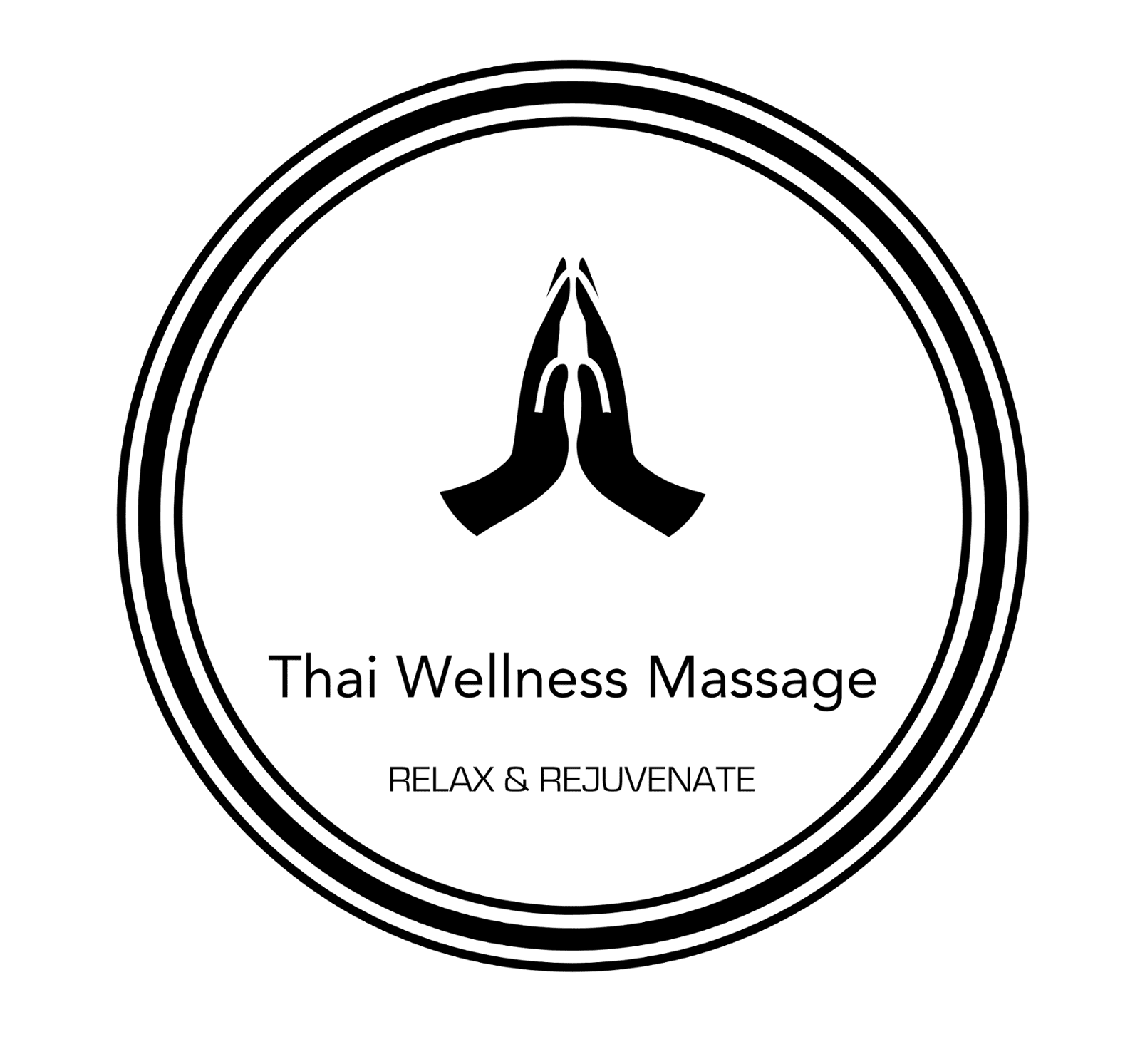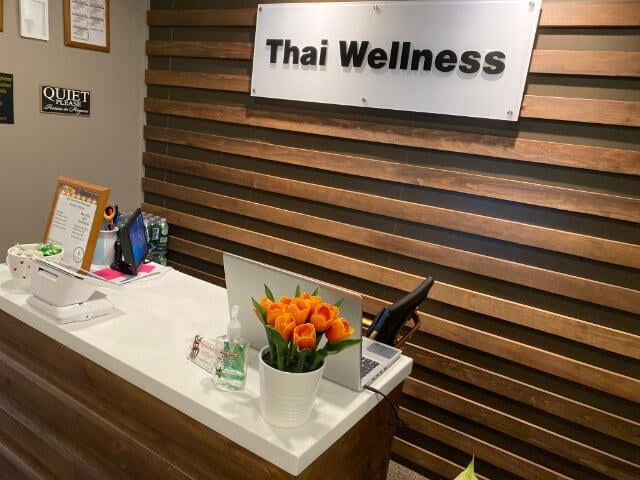Prenatal Massage
Benefits
60 Minutes - $120 || 90 Minutes - $160
Who should consider a Deep Tissue Massage?
Prenatal massage can be a wonderful addition to your pregnancy journey for many women, but it's not for everyone. Here's a breakdown of who might benefit the most:
Good Candidates
- Women experiencing common pregnancy discomforts: Backaches, leg cramps, muscle tension, headaches - if these are making your pregnancy less enjoyable, prenatal massage can offer relief and promote relaxation.
- Stressed and anxious moms-to-be: Pregnancy can be emotionally demanding. Prenatal massage provides a haven to de-stress, unwind, and improve your overall mood.
- Women with sleep disturbances: The relaxation benefits of prenatal massage can significantly improve sleep quality, which is especially helpful during the later stages of pregnancy.
- Those seeking a natural approach to pain management: Prenatal massage can be a complementary approach to managing aches and pains associated with pregnancy.
Consult a Doctor Beforehand:
- Prenatal massage is generally safe for healthy women with uncomplicated pregnancies. However, it's always best to consult your doctor before booking a session, especially if you have any concerns.
- High-risk pregnancies: If you have a high-risk pregnancy, your doctor might advise against prenatal massage or recommend modifications to ensure your safety.
- Certain medical conditions: Some medical conditions like preeclampsia or placenta previa may require avoiding prenatal massage.
- It's important to pay attention to your body throughout the massage. If anything feels uncomfortable or painful, speak up and let the therapist know.
What to expect during your session
A prenatal massage is a tailored massage specifically designed for pregnant women to address the discomforts and changes their bodies experience. Here's a breakdown of what you can expect during a prenatal massage session:
Before the Massage
The massage therapist will likely begin with a consultation to discuss your stage of pregnancy, any areas of concern you have, your medical history, and your desired pressure level. This helps them personalize the massage to your specific needs.
During the Massage
- Remember, a prenatal massage should never be painful. If you experience any discomfort, communicate with the therapist right away.
- Safety First: Unlike a traditional massage where you might lie on your stomach, a prenatal massage will prioritize your safety and comfort. The massage therapist will use special equipment like pregnancy pillows, wedges, or bolsters to support your body throughout the session.
- Accommodation Options: Here are some common positions used in prenatal massage:
- Side-lying: This is the most common position, with pillows supporting your belly, head, and legs. The therapist will massage your back, neck, shoulders, legs, and feet.
- Semi-reclined: You may be positioned in a comfortable reclining chair with pillows for support. This is suitable if lying on your side becomes uncomfortable.
- Special tables: Some massage therapists have tables with cutouts or adjustable sections to accommodate your belly comfortably while lying face down. However, this isn't always recommended and comfort should be prioritized.
- Focus on Comfort: The massage therapist will use gentle to moderate pressure, focusing on areas that tend to experience discomfort during pregnancy like your back, hips, legs, and feet.
- Techniques Used: The therapist will likely use a combination of techniques including:
- Swedish massage strokes: Long, smooth strokes applied with varying pressure to promote relaxation and improve circulation.
- Lymphatic drainage: Gentle massage techniques that encourage the movement of fluids, potentially reducing swelling.
- Acupressure: Applying pressure to specific points on the body that may help relieve pain and promote relaxation.
- Speak Up: Throughout the massage, don't hesitate to communicate with the therapist about your comfort level. If anything feels too strong or any position becomes uncomfortable, let them know.
After the Massage
- Gradual Winding Down: The massage will typically end with slower, lighter strokes to gently ease you out of the relaxed state.
- Rest and Hydration: After the massage, some quiet time will be allowed for relaxation. It's recommended to drink plenty of water to help flush out toxins released during the massage.
Ready to Book Your Prenatal Massage Session ?
Select the Button under the location where you would like to have your appointment.





